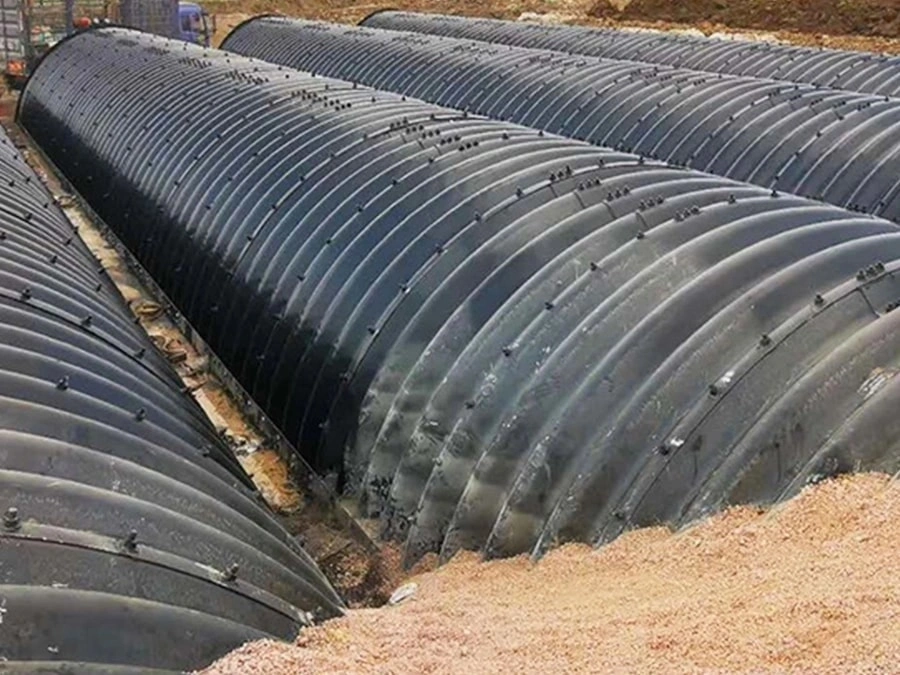They can be classified in various ways based on different criteria. First, culverts can be categorized according to construction materials and structural forms, among other standards. By construction materials, culverts can be divided into brick culverts, stone culverts, concrete culverts, and reinforced concrete culverts. Second, based on structural forms, culverts can be classified into circular pipe culverts, arch culverts, slab culverts, and box culverts. Additionally, the fill condition is another important criterion for classification, dividing culverts into open culverts and buried culverts. Open culverts are characterized by no fill above the culvert top, making them suitable for low embankments and shallow ditches, while buried culverts have fill above the culvert top with a minimum fill thickness of 50 cm, making them more suitable for high embankments and deep ditches. Furthermore, based on hydraulic performance, culverts can be further classified into non-pressure culverts, partial-pressure culverts, and pressure culverts. In non-pressure culverts, the water level at the inlet is below the top of the culvert opening, and the water surface inside the culvert does not contact the culvert crown. In contrast, partial-pressure culverts have a water level at the inlet that is above the top of the culvert opening, with part of the culvert crown subjected to water head pressure. Pressure culverts, on the other hand, are defined by the water level at the inlet and discharge water through the entire cross-section.
